Logo design is a crucial aspect of branding that requires careful consideration of the latest trends. In 2025, logo design is expected to continue evolving with emerging trends that reflect the changing times. Understanding these trends can help businesses create logos that are modern, distinctive, and engaging.
One of the emerging logo design trends in 2025 is the influence of technology on design. With advancements in technology, designers are incorporating new techniques and tools to create logos that are unique and eye-catching. Another trend is the use of colour palettes and typography to create logos that are simple yet memorable.
As businesses strive to create a lasting connection with their audience, logo design is becoming increasingly important. A well-designed logo can help establish a strong visual presence and convey a brand’s identity. In this article, we will explore the emerging logo design trends in 2025 and how they impact branding.
Key Takeaways
- Logo design is evolving with emerging trends that reflect the changing times.
- Technology and colour palettes are two key factors driving logo design in 2025.
- A well-designed logo is crucial for establishing a strong visual presence and conveying a brand’s identity.
Emerging Logo Design Trends in 2025
As the new year approaches, designers are looking for fresh ideas to create logos that stand out and communicate the brand’s message effectively. Here are some emerging logo design trends that are expected to dominate in 2025:
1. Minimalism
Minimalistic logo designs have been a popular trend for several years now, and this trend is set to continue its dominance in 2025. The idea behind minimalist logos is to remove unnecessary elements and focus on simplicity and clarity. This trend is perfect for brands that want to communicate a clear and concise message to their audience.
2. Bold Typography
In 2025, more brands will use empty space in their logo designs as a strong tool. Bold typography stands out and grabs attention. In graphic design, using bold typography is becoming more important, especially for making logos. In the upcoming year, we can expect to see a lot of logos that stand out by using different and communicative typography.
3. Colors
Colour is an essential part of logo design. In 2025, we can expect to see a lot of logos that use bright and bold colours to grab attention. Candy colours and 90s nostalgia are expected to be popular, thanks to the release of the Barbie movie in 2023. However, designers should be careful not to use too many colours, as this can make the logo look cluttered and confusing.
4. Negative Space
Negative space is the space around and between the subject(s) of an image. In logo design, negative space can be used to create clever and memorable designs. In 2025, we can expect to see more logos that use negative space to create hidden messages and clever designs.
5. Custom Fonts
Custom fonts are becoming more popular in logo design. In 2025, we can expect to see more logos that use custom fonts to create a unique and memorable design. Custom fonts allow designers to create a logo that perfectly matches the brand’s personality and message.
Overall, these emerging logo design trends are expected to dominate in 2025. Designers should keep these trends in mind when creating logos for their clients to create designs that are modern, memorable, and effective.
Influence of Technology on Logo Design
Technology has been a major driving force behind the evolution of logo design in recent years. With the advent of new technologies, designers are able to create logos that are more dynamic, interactive, and responsive. In this section, we will explore some of the ways in which technology is influencing logo design in 2025.
Artificial Intelligence in Creativity
One of the most significant technological developments in recent years has been the rise of artificial intelligence (AI). AI has already made significant inroads into the world of design, and it is expected to have a major impact on logo design in the coming years.
AI-powered design tools are already being used to create logos that are more sophisticated and unique than ever before. These tools are able to analyze large amounts of data and generate designs that are tailored to the specific needs of a particular brand. This has led to the creation of logos that are more personalized, memorable, and effective at communicating a brand’s message.
Dynamic Logos and Responsive Design
Another major trend in logo design is the use of dynamic logos and responsive design. Dynamic logos are logos that are able to change and adapt based on the context in which they are being used. For example, a logo might change colour or shape depending on the device it is being viewed on, or it might be animated to create a more engaging user experience.
Responsive design is a related trend that involves designing logos that are able to adapt to different screen sizes and resolutions. This is becoming increasingly important as more and more people access the internet on mobile devices, and it is expected to become even more important in the coming years.
3D Design and Animation
Finally, 3D design and animation are also expected to play a major role in logo design in 2025. 3D design allows designers to create logos that are more visually striking and memorable, while animation can be used to create logos that are more engaging and interactive.
3D printing technology is also expected to become more widely available in the coming years, which could open up new possibilities for logo design. For example, logos could be printed in three dimensions and used as physical objects, creating a more tangible connection between a brand and its audience.
In conclusion, technology will have a profound impact on logo design in 2025. From the use of AI-powered design tools to the creation of dynamic logos and responsive designs, designers are using technology to create logos that are more effective, engaging, and memorable than ever before.
Color Palettes and Typography
Bold and Vibrant Colors
In 2025, logo design trends are expected to continue the use of bold and vibrant colours. Brands are increasingly using bright and bold colours to grab the attention of their target audience. The use of vibrant colours can make a logo stand out and make it more memorable.
A popular trend in 2025 is the use of gradients and colour transitions. This technique involves blending two or more colours together to create a unique and eye-catching effect. Brands are using this technique to create logos that are both modern and playful.
Experimental Typography
In 2025, typography is expected to take centre stage in logo design. Brands are experimenting with different fonts and typefaces to create unique and memorable logos.
One trend that is expected to continue in 2025 is the use of hand-drawn and custom typography. This technique involves creating a unique typeface that is specific to a brand. This helps to create a logo that is not only memorable but also helps to establish a brand’s identity.
Another trend in typography is the use of negative space. This technique involves using the space around the text to create a unique and memorable effect. Brands are using this technique to create logos that are both modern and minimalist.
Overall, in 2025, brands are expected to continue to experiment with colour palettes and typography to create logos that are unique and memorable. The use of bold and vibrant colours and experimental typography are two trends that are expected to be popular in the coming year.
Logo Design and Brand Identity
Creating a strong brand identity is crucial for businesses to establish a lasting connection with their audience. One of the key elements of brand identity is the logo design. A well-designed logo can effectively communicate the brand’s values, personality, and message.
Minimalism and Simplicity
Minimalism and simplicity have been popular trends in logo design for several years now, and they are expected to continue to dominate in 2025. A minimalist logo design uses simple shapes, typography, and colour schemes to create a clean and uncluttered look. This approach can help a brand to stand out in a crowded marketplace, as well as convey a sense of sophistication and modernity.
Storytelling through Symbols
Another trend that is expected to gain momentum in 2025 is storytelling through symbols. Symbolic logos use images or icons to convey a deeper meaning or message about the brand. This approach can be particularly effective in creating a memorable and emotionally resonant brand identity. When executed well, a symbolic logo can communicate a brand’s values, mission, and personality in a way that is both visually appealing and intellectually engaging.
In summary, when it comes to logo design and brand identity, simplicity and storytelling are expected to be the key trends in 2025. By focusing on minimalism and symbolism, businesses can create logos that effectively communicate their message, values, and personality to their target audience.
Sustainability in Logo Design
In 2025, sustainability is expected to continue to be a significant trend in logo design. As consumers become more environmentally conscious, brands are also shifting towards more eco-friendly practices. This shift is reflected in logo design, with many brands incorporating sustainability into their visual identity.
One way brands are doing this is by using earthy colours and organic shapes in their logos. These colours and shapes evoke a sense of nature and environmentalism, and help brands communicate their commitment to sustainability. Bold typography is also becoming more popular in sustainable logo design, with many brands using strong, impactful lettering to convey their message.
Another trend in sustainable logo design is the use of recycled and eco-friendly materials. Many brands are opting for materials such as recycled paper or biodegradable plastics for their packaging and marketing materials. This trend is also reflected in logo design, with many brands incorporating recycled materials into their visual identity.
Overall, sustainability is a trend that is here to stay, and it is expected to continue to be a significant influence on logo design in 2025 and beyond. Brands that embrace sustainability in their visual identity are likely to resonate with consumers who are increasingly concerned about the environment and the impact of their purchasing decisions.
Cultural and Societal Impact on Logo Design
Logo design trends are not just influenced by design and technology, but also by cultural and societal factors. In 2025, businesses will continue to incorporate social and cultural values into their branding to better connect with their target audience.
One trend that is expected to continue in 2025 is the use of inclusivity in logo design. Brands are recognizing the importance of representing diverse communities and are using their logos to showcase this. For example, the use of gender-neutral colours and symbols in logos is becoming more common.
Another trend that is expected to gain traction in 2025 is the use of eco-friendly and sustainable design in logos. As consumers become more environmentally conscious, brands are incorporating sustainability into their branding and logos. This includes the use of earthy colours, natural textures, and eco-friendly symbols in logos.
In addition, the growing influence of social media and the internet on society is also impacting logo design trends. Logos are now being designed to be easily recognizable and shareable on social media platforms. This includes the use of simplified designs, bold typography, and bright colours to make logos stand out in a crowded digital space.
Overall, cultural and societal factors will continue to play a significant role in logo design trends in 2025. Brands will need to stay attuned to these trends and incorporate them into their logos to stay relevant and connect with their audience.
Adaptation to Various Media Platforms
In 2025, logo design trends will need to be adaptable to various media platforms to ensure that they are visually appealing and effective. With the rise of new media platforms and technologies, it is essential to create logos that can be easily translated across different mediums.
One way to achieve this is by creating logos that are scalable and can be resized without losing their quality or clarity. This can be achieved by using vector-based design software, which allows designers to create logos that can be scaled up or down without losing their resolution.
Another way to adapt to various media platforms is by creating logos that are responsive. This means that the logo can adjust its size and layout to fit different devices and screen sizes. This is particularly important in today’s mobile-first world, where logos need to be optimized for smaller screens.
Designers can also consider creating logos that are animated or interactive, which can enhance the user experience and make the logo more engaging. This can be achieved by using techniques such as motion graphics or interactive design elements.
Ultimately, the key to adapting to various media platforms is to create logos that are flexible and can be easily adapted to different contexts. By considering the different media platforms and technologies that will be used in 2025, designers can create logos that are visually appealing, effective, and adaptable.
Conclusion
In conclusion, logo design trends for 2025 are expected to be characterized by simplicity, versatility, and adaptability. The use of bold typography, monochromatic colour schemes, and minimalist designs will continue to dominate the industry. The incorporation of negative space and abstract shapes will also be popular.
In addition, technological advancements such as augmented reality and virtual reality are expected to influence logo design trends in 2025. Logos that are optimized for digital platforms and can be easily adapted to different mediums will be more in demand.
Moreover, companies will continue to prioritize brand identity and recognition through their logos. This means that logos will be designed to be easily recognizable and memorable.
Finally, the importance of sustainability and environmentalism is expected to influence logo design trends in 2025. Companies will aim to incorporate eco-friendly elements into their logos, such as natural colours and organic shapes.
Overall, the logo design trends for 2025 are expected to be a continuation of the current trends, with a focus on simplicity, versatility, and adaptability, while incorporating new technological advancements and eco-friendly elements.
Frequently Asked Questions
What are the emerging typography styles influencing logos in 2025?
Typography styles that are expected to influence logos in 2025 include bold and sans-serif fonts, as well as custom typography. Designers are also experimenting with combining typography with other design elements, such as symbols and illustrations.
How is industrial design shaping logo aesthetics this year?
Industrial design will have a significant impact on logo aesthetics in 2025. Designers are incorporating industrial design elements such as geometric shapes, metallic finishes, and gradients into their logo designs. This trend is expected to continue as more companies seek to convey a sense of modernity and innovation.
What packaging design elements are being integrated into logo creation in 2025?
Packaging design elements that are being integrated into logo creation in 2025 include minimalist designs, bold typography, and bright colours. Designers are using these elements to create logos that are visually striking and memorable.
Which website design trends are impacting logo development currently?
Website design trends that are impacting logo development currently include responsive design, minimalism, and bold typography. Designers are creating logos that are optimized for mobile devices and that convey a sense of simplicity and elegance.
How have logo design preferences evolved from previous years?
Logo design preferences have evolved from previous years in several ways. Designers are now using more bold typography, bright colours, and custom illustrations in their logo designs. Additionally, minimalist designs are becoming increasingly popular as companies seek to convey a sense of sophistication and elegance.
What art movements are significantly influencing logo design strategies in 2025?
Art movements that are significantly influencing logo design strategies in 2025 include minimalism, the Bauhaus movement, and abstract expressionism. Designers are using these art movements to create logos that are visually striking and that convey a sense of sophistication and elegance.
 Singapore
Singapore  Singapore
Singapore Malaysia
Malaysia


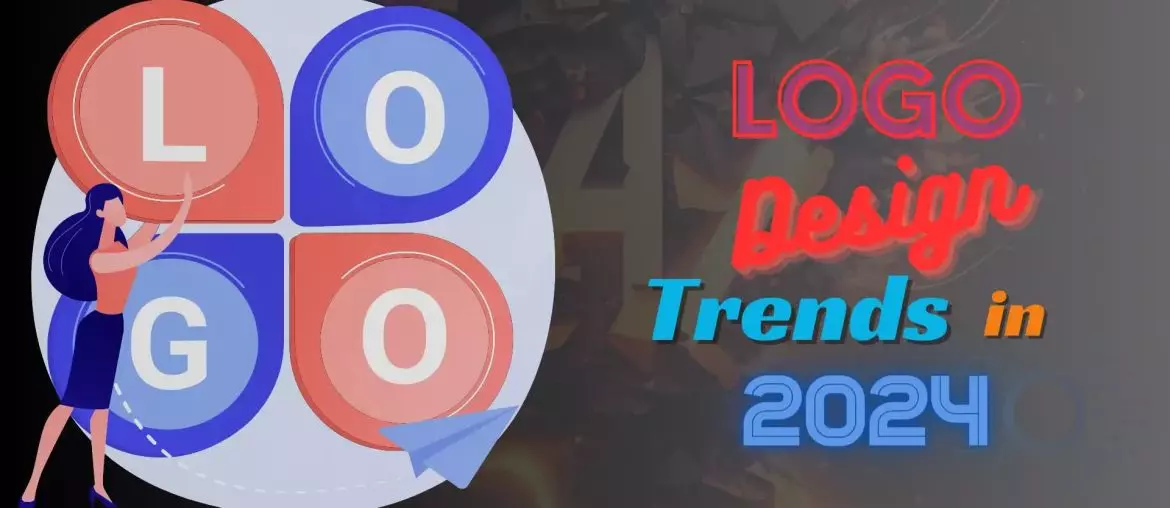










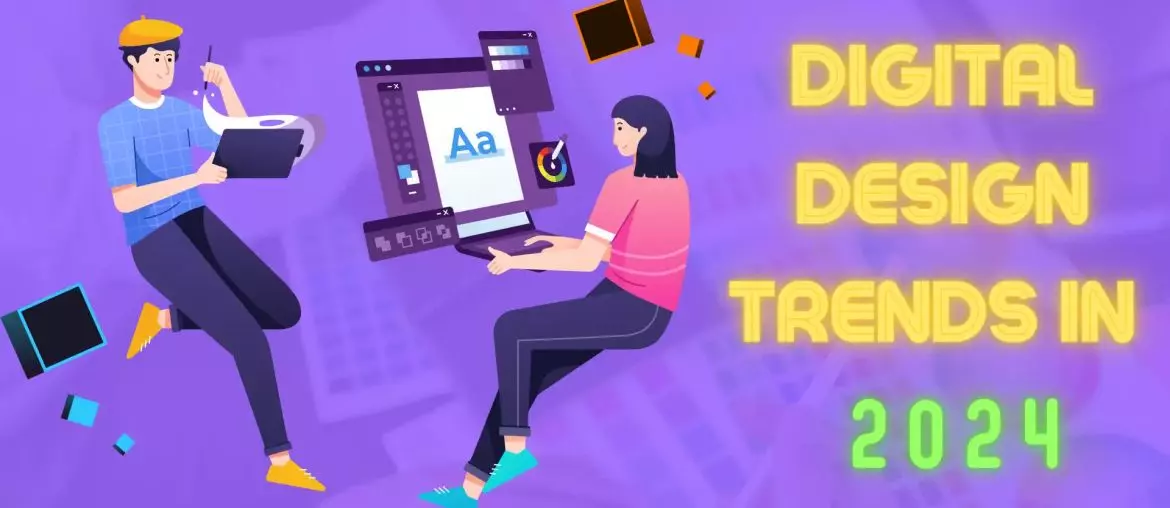
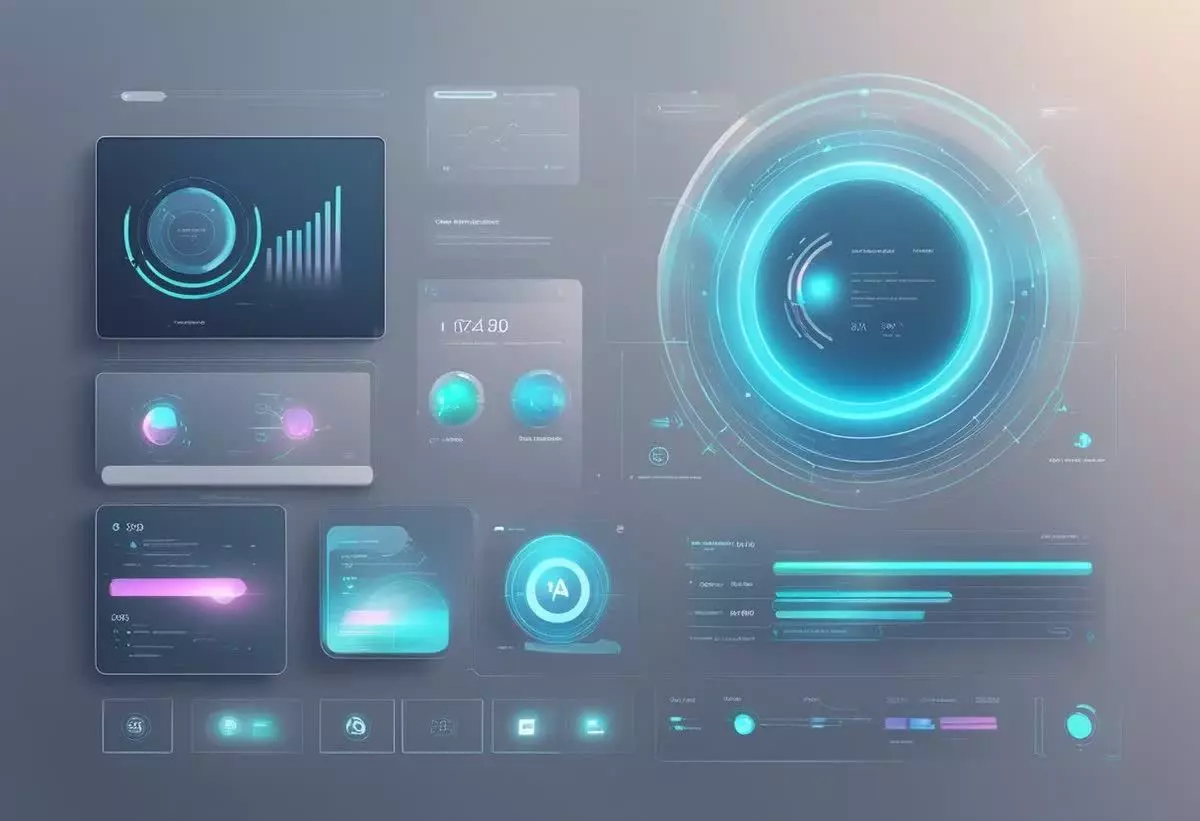 The field of user interface (UI) design is constantly evolving to adapt to new technologies, platforms, and user behaviours. As we approach 2025, several trends are reshaping the way users interact with digital interfaces. Let’s explore some of the most significant trends in UI design that are expected to continue to evolve in the coming years.
The field of user interface (UI) design is constantly evolving to adapt to new technologies, platforms, and user behaviours. As we approach 2025, several trends are reshaping the way users interact with digital interfaces. Let’s explore some of the most significant trends in UI design that are expected to continue to evolve in the coming years.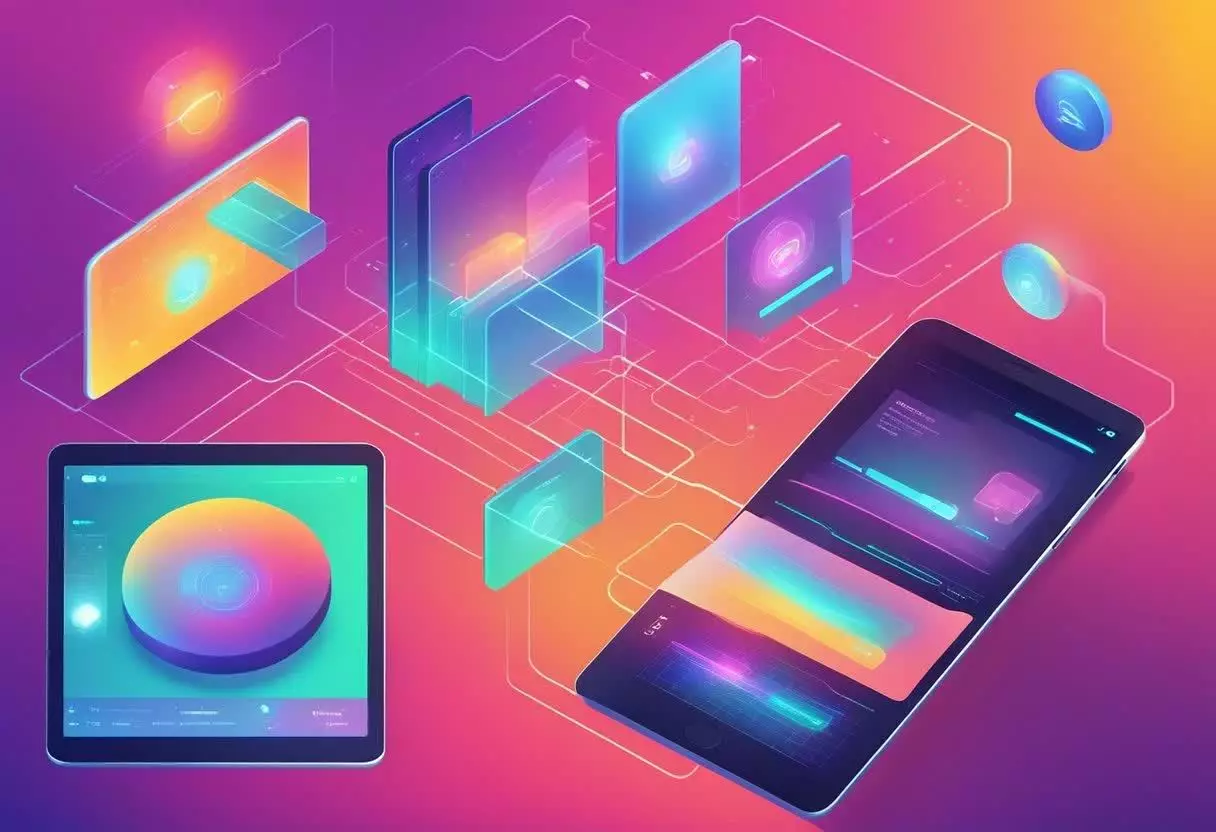 As technology continues to evolve, so does the need for responsive design. In 2025, designers will need to focus on creating websites that are accessible and user-friendly across all devices, from smartphones to desktops. Advances in responsive design will make it easier for designers to create websites that are both functional and visually appealing.
As technology continues to evolve, so does the need for responsive design. In 2025, designers will need to focus on creating websites that are accessible and user-friendly across all devices, from smartphones to desktops. Advances in responsive design will make it easier for designers to create websites that are both functional and visually appealing.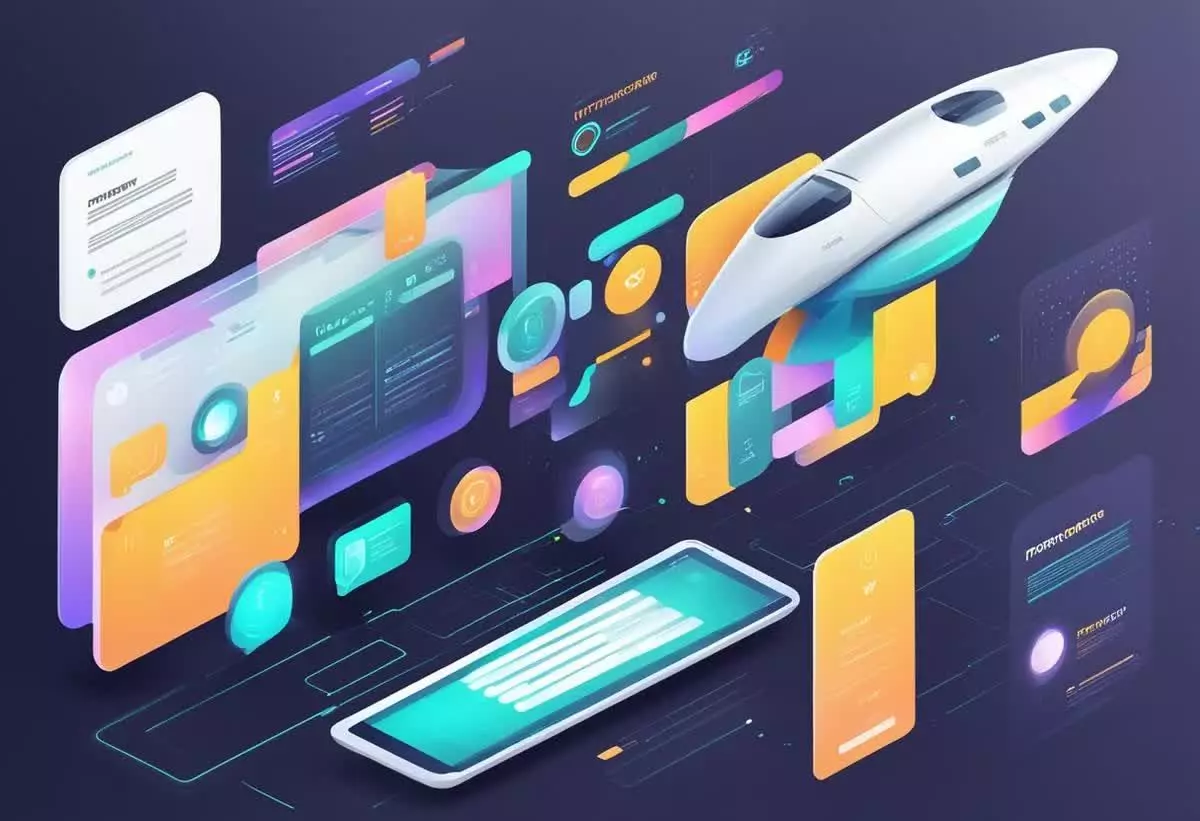
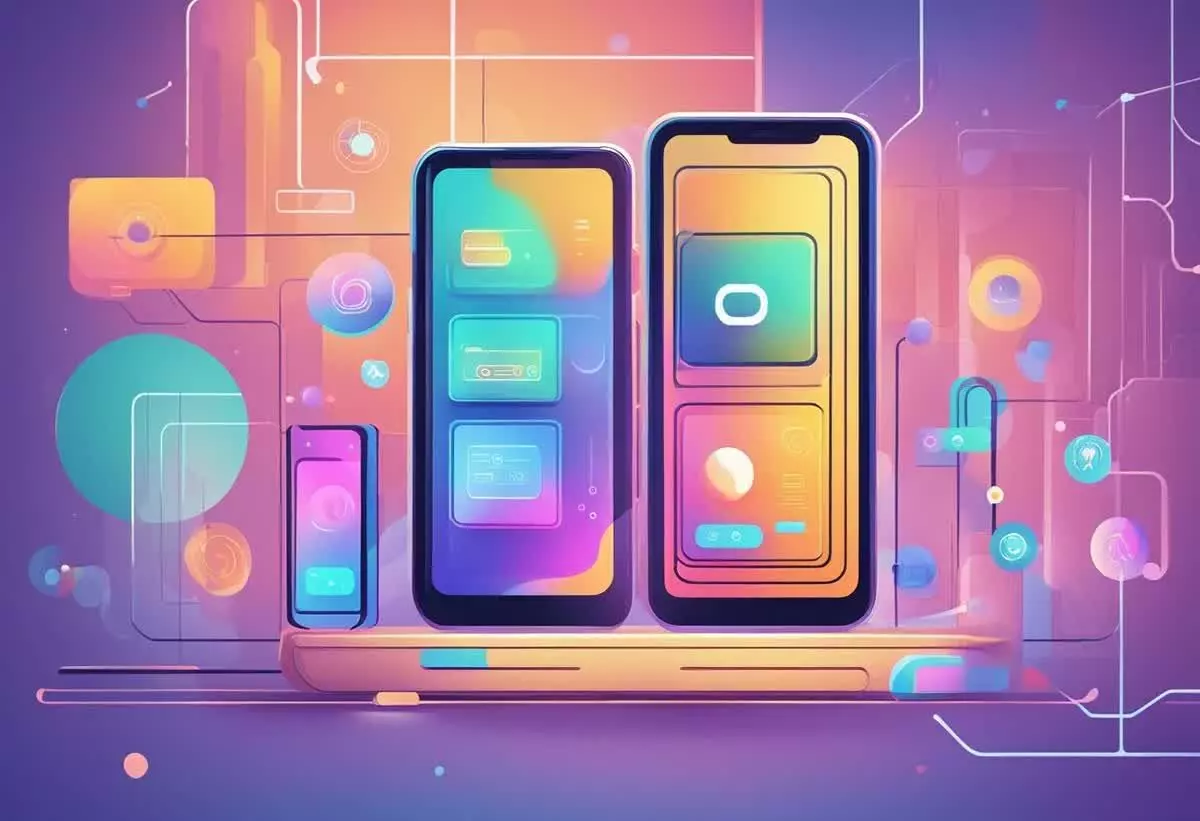
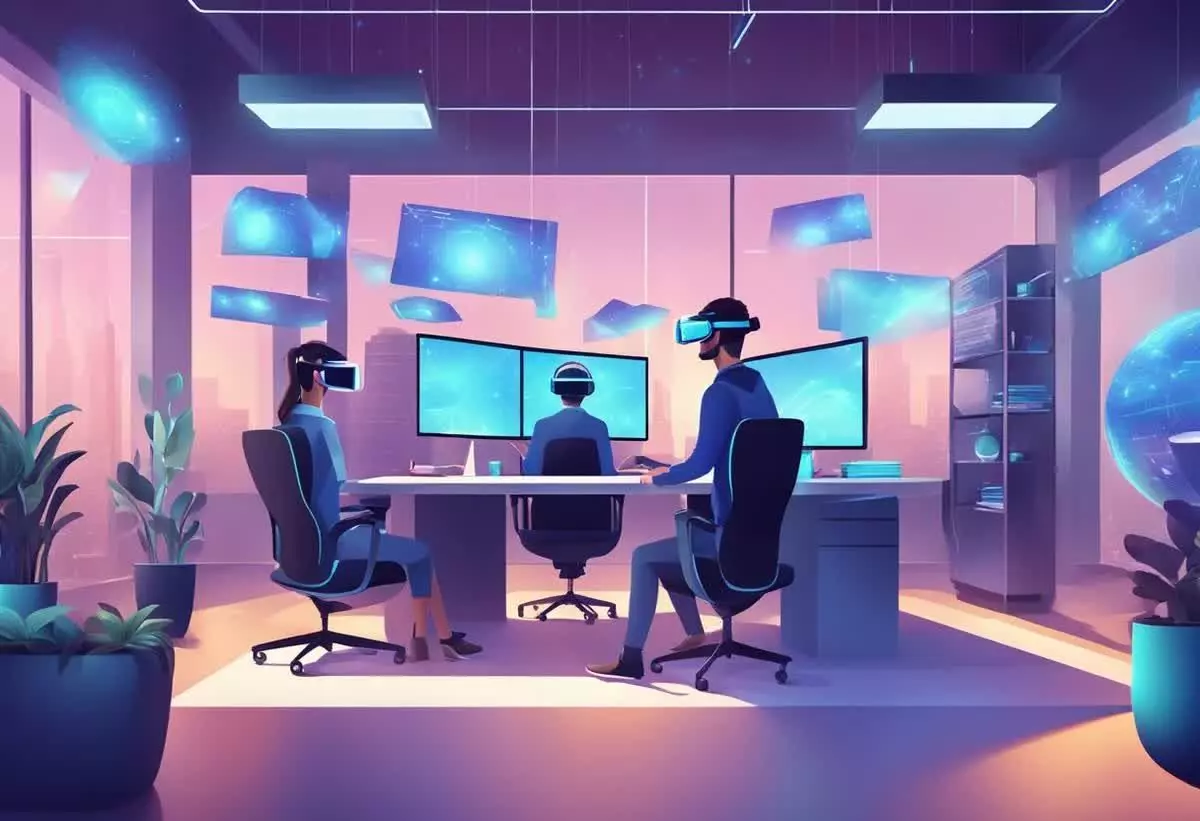 AR in Everyday Design
AR in Everyday Design
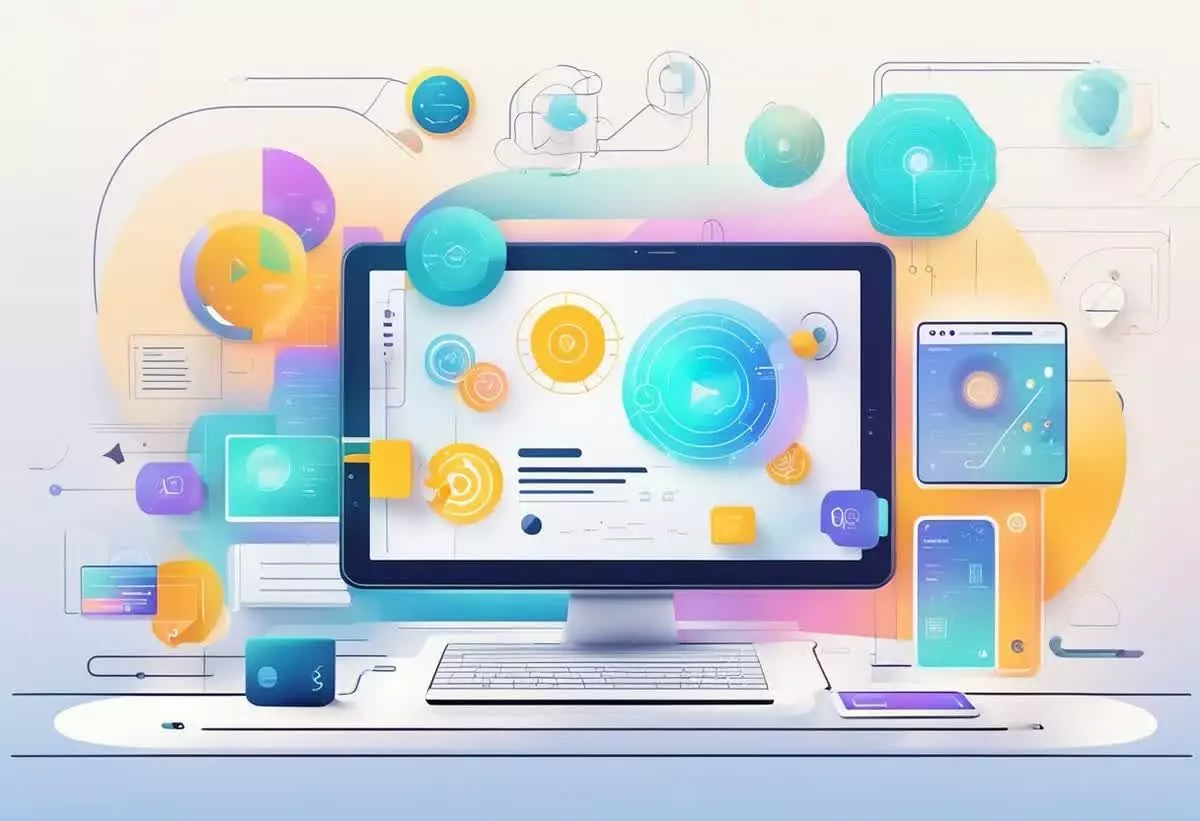 In 2025, personalization will continue to be a major trend in digital design. As businesses strive to provide tailored experiences to their users, designers will need to focus on creating user-centric designs that prioritize the needs of the individual.
In 2025, personalization will continue to be a major trend in digital design. As businesses strive to provide tailored experiences to their users, designers will need to focus on creating user-centric designs that prioritize the needs of the individual.